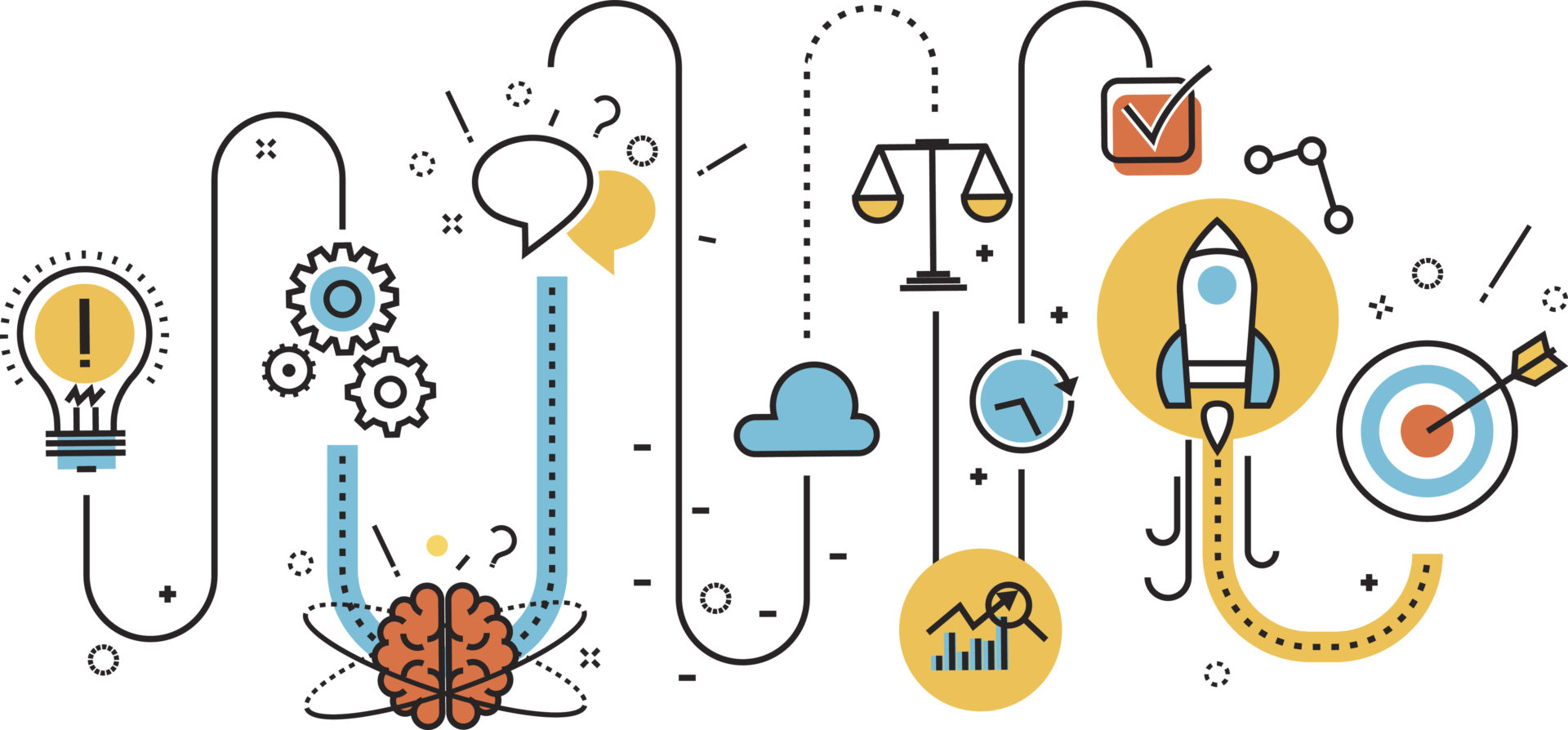
The long lines at Popeyes are the absolute worst. If you’re like me, you stand in this never-ending line surrounded by other impatient people and wonder how to make this painful wait actually worth those spicy chicken tenders. You pull out your phone, scroll through Facebook, Snapchat, and Twitter. But, by the time you’ve reached familiar content on your newsfeed, you look up to find that you’ve only moved forward three places in line. *eye roll emoji*
This type of impatient boredom is something we’re all too familiar with and, frankly, few organizations have capitalized on it. Disney is a rare example of a company that has implemented an innovative way to make its two-hour long waits a memorably fun experience. When in line for Space Mountain, patrons can enjoy Disney’s strategically placed interactive games — making the wait in line a fun part of the experience. What instigated this much needed innovation, you may ask? It’s called design thinking.
Design thinking is a creative problem-solving approach to real-world problems that can be applied virtually everywhere — in this case, to the user experience of long waits in line. Whether it be to rethink long lines or to redesign public transit, engineers commonly use this creative approach in order to solve problems and better innovate. The Institute of Design at Stanford University was one of the first programs to delineate this creative process. According to the Institute of Design, there are five introductory steps one should follow when creating human centered design: empathize, define, ideate, prototype, and test.
The core of design thinking is to change one’s perspective on an issue by way of their imagination. Your bedroom, for example, has the potential to be reimagined using the design thinking process. Clutter, especially in small spaces, can feel incredibly suffocating and it can impede your overall well-being. Using design thinking, you can re-evaluate your messy room by asking yourself how the use of space makes you feel and why. Then, ask what your bedroom should feel like — in other words, the “empathize,” “define,” and “ideate” steps of design thinking. Once you envision those answers in your head, you can then begin to change (or “prototype”) your bedroom layout so that it becomes the way you’ve imagined. Finally, once the changes have been made, ask yourself how that change in layout has affected your overall well-being or emotions: the final step, “testing”.
It should be noted that the purpose of design thinking is to innovate differently and purposefully; one way to achieve this goal is by focusing on the root of an issue. For example, Disney recognized the frustrations of standing in line and honed in on the root of that very frustration: boredom. They were able to transform impatience, which had been deemed inevitable, into an opportunity for an enhanced experience. I encourage you to apply this type of creative, proactive thinking to your career, whatever it may be. Who knows, you may even become the next Walt Disney.